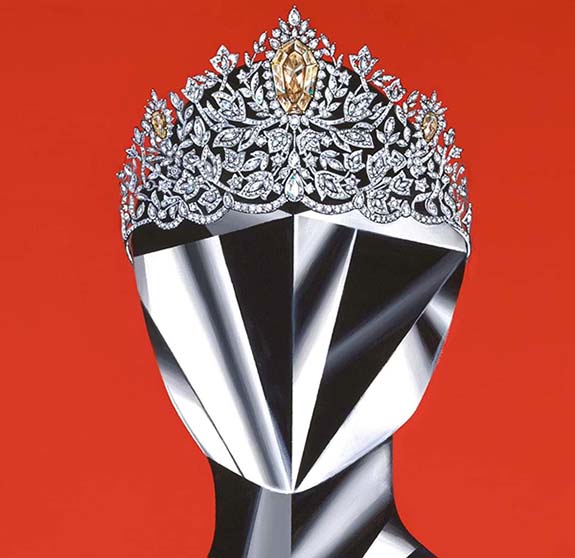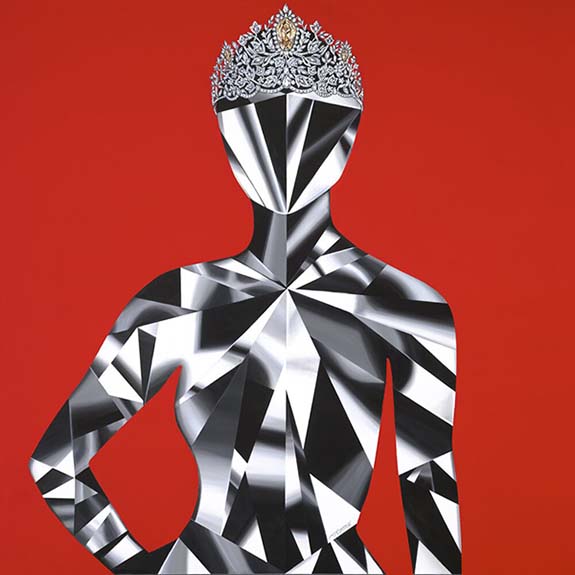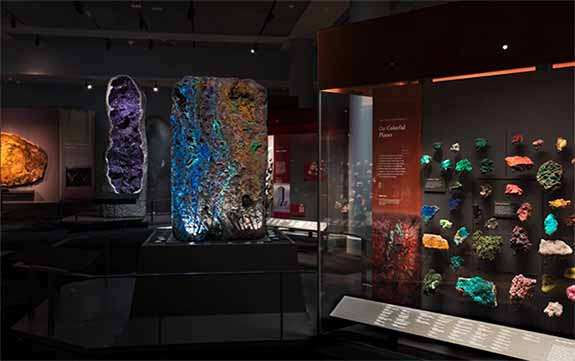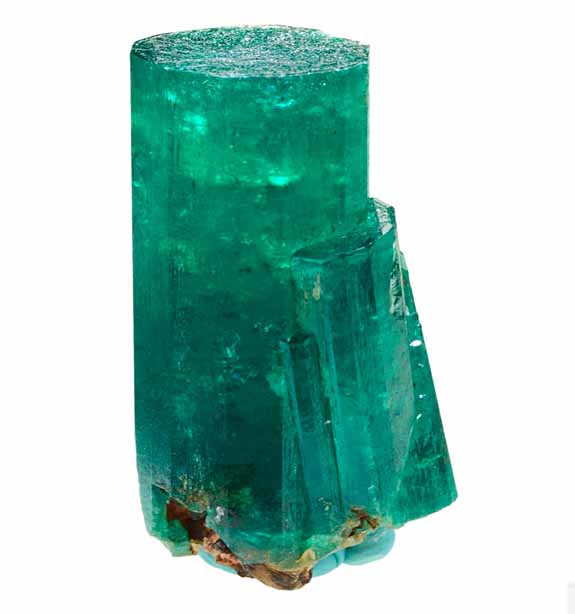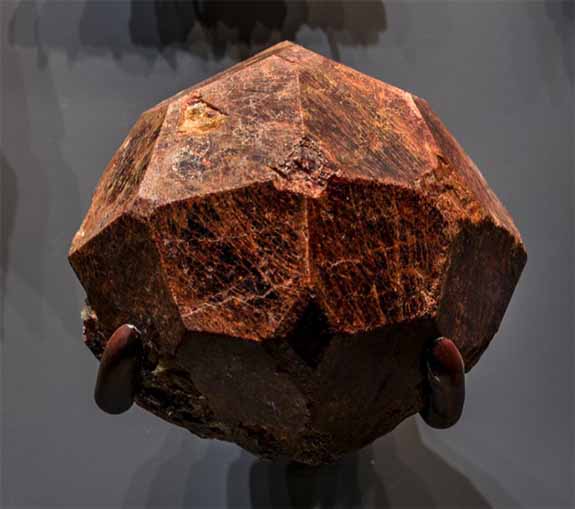Welcome to Music Friday when we often feature throwback songs with jewelry, gemstones or precious metals in the title or lyrics. In late March 1969, Dennis Yost and Classics IV reached #2 on the US Billboard Hot 100 with "Traces," a melancholy song about a man looking back on his life and longing for the love that got away.
In the song, the man finds a trove of items from the past that brings back vivid memories of a relationship that "didn't work out right." Among his "traces of love" is a ring.
He sings, "Ribbons from her hair / Souvenirs of days together / The ring she used to wear / Pages brown, an old love letter / Traces of love long ago / That didn't work out right / Traces of love with me tonight."
In the final verses, the man says a prayer, hoping that the love of his life will someday come back and dry the traces of tears from his eyes.
Even though "Traces" was released more than 52 years ago, it still gets significant airplay on oldies stations and is considered a classic. In fact, BMI placed "Traces" 32nd on its list of the top 100 songs of the 20th century.
Frontman Yost told the The Tennessean newspaper in 2002 that Classics IV was “the first soft-rock band.” The smooth, easy-listening style of Classics IV stood in stark contrast to the Woodstock-generation protest songs that were popular during the same period.
Classics IV was formed in Jacksonville, FL, in 1965, and is best known for the hits "Spooky" (1967), "Stormy" (1968) and "Traces" (1969).
During the 1980s, Yost became a popular act on the rock nostalgia circuit. In 2008, he passed away at the age of 65.
Please check out the audio clip of Yost and Classics IV performing "Traces." The lyrics are below if you'd like to sing along…
"Traces"
Written by Buddy Buie, J. R. Cobb and Emory Gordy Jr. Performed by Classics IV, featuring Dennis Yost.
Faded photograph
Covered now with lines and creases
Tickets torn in half
Memories in bits and pieces
Traces of love long ago
That didn't work out right
Traces of love
Ribbons from her hair
Souvenirs of days together
The ring she used to wear
Pages brown, an old love letter
Traces of love long ago
That didn't work out right
Traces of love with me tonight
I close my eyes and say a prayer
That in her heart she'll find
A trace of love still there
Somewhere, oh, oh
Traces of hope in the night
That she'll come back and dry
These traces of tears from my eyes
Credit: Image by Bill Lowery Talent (management), Public domain, via Wikimedia Commons.

